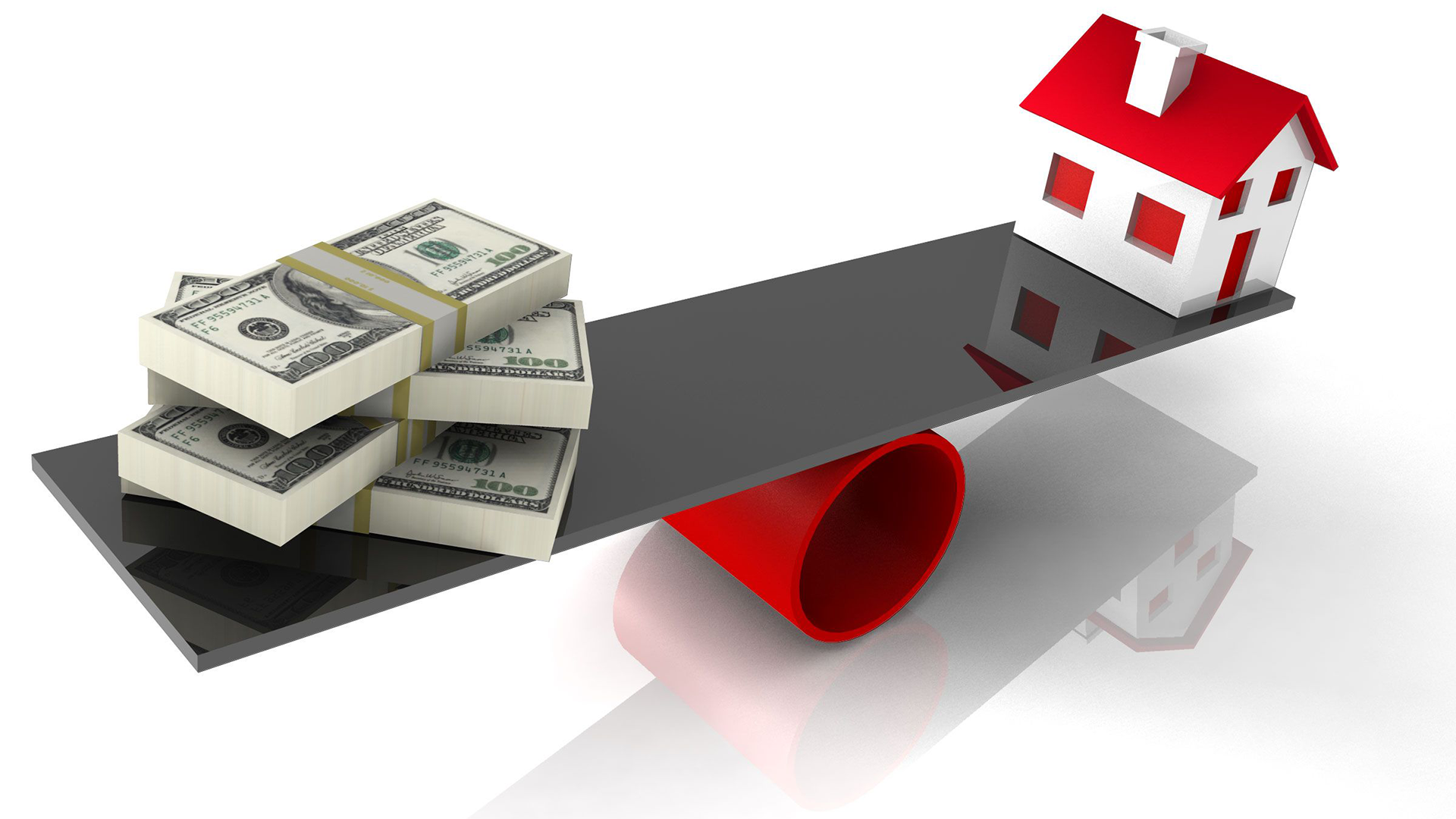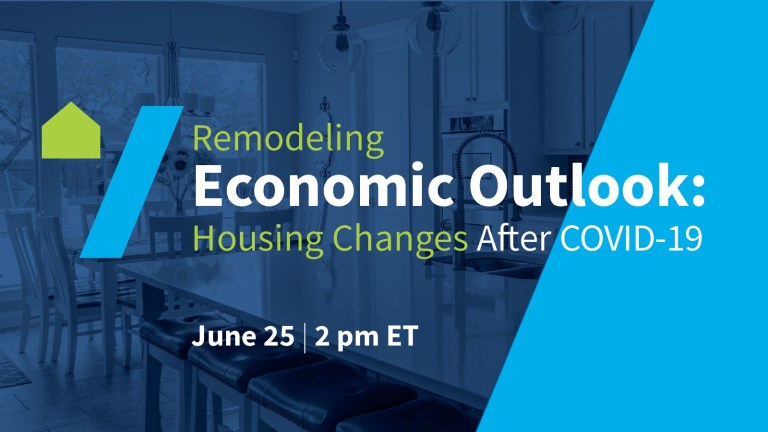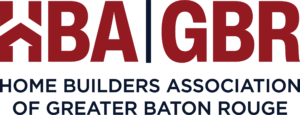
Early on in the COVID-19 pandemic, members of the Home Builders & Remodelers Association of Central Connecticut donated more than 60 rolls of DuPont’s Tyvek HomeWrap to area insulation manufacturer Thermaxx LLC. The donation was enough to make 1,300 individual protective gowns.
Thermaxx had converted its production facility in West Haven, Conn., to make disposable gowns for health care professionals and first responders, and the groups were able to donate the gowns to multiple area hospitals, firefighters and ambulance squads.
But HBRA of Central Connecticut Chief Executive Officer Eric Person and Vice President of Operations Sheila Leach wanted to do more.
Person and Leach reached out to Lowe’s Home Improvement, which sells the Tyvek materials used to make the gowns, after connecting at NAHB Leadership Meetings. “The donation we were able to facilitate would not have been possible without those connections we made through NAHB,” Person said.
Lowe’s corporate representatives then reached out to DuPont, who as part of its #TyvekTogether program, launched the sale of a new Tyvek® 1222A material that is better designed for protective apparel than its HomeWrap. It also partnered with Lowe’s to donate rolls of the material to help meet the needs for personal protective equipment (PPE) in the United States, including 400 rolls that were donated to Thermaxx. One of the recipients of the new gowns was the South Fire District of Middletown, Conn.
“In response to the COVID-19 pandemic, companies coming together to support the production of much-needed PPE are making a difference for frontline responders,” DuPont said in a website post regarding the donation.
Share Your Stories
Help us continue highlighting member and HBA community service efforts around the country by sharing your story. You can email us directly at communications@nahb.org.
















